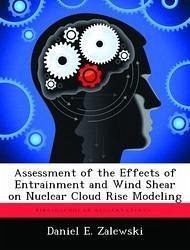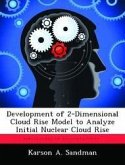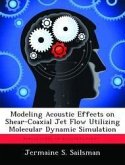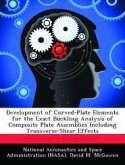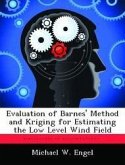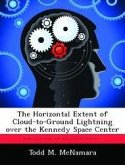Accurate modeling of nuclear cloud rise is critical in hazard prediction following a nuclear detonation. This thesis recommends improvements to the model currently used by DOD. It considers a single-term versus a three-term entrainment equation, the value of the entrainment and eddy viscous drag parameters, as well as the effect of wind shear in the cloud rise following a nuclear detonation. It examines departures from the 1979 version of the Department of Defense Land Fallout Interpretive Code (DELFIC) with the current code used in the Hazard Prediction and Assessment Capability (HPAC) code version 3.2. The recommendation for a single-term entrainment equation, with constant value parameters, without wind shear corrections, and without cloud oscillations is based on both a statistical analysis using 67 U.S. nuclear atmospheric test shots and the physical representation of the modeling. The statistical analysis optimized the parameter values of interest for four cases: the three-term entrainment equation with wind shear and without wind shear as well as the single-term entrainment equation with and without wind shear. The thesis then examines the effect of cloud oscillations as a significant departure in the code. Modifications to user input atmospheric tables are identified as a potential problem in the calculation of stabilized cloud dimensions in HPAC.
Hinweis: Dieser Artikel kann nur an eine deutsche Lieferadresse ausgeliefert werden.
Hinweis: Dieser Artikel kann nur an eine deutsche Lieferadresse ausgeliefert werden.

